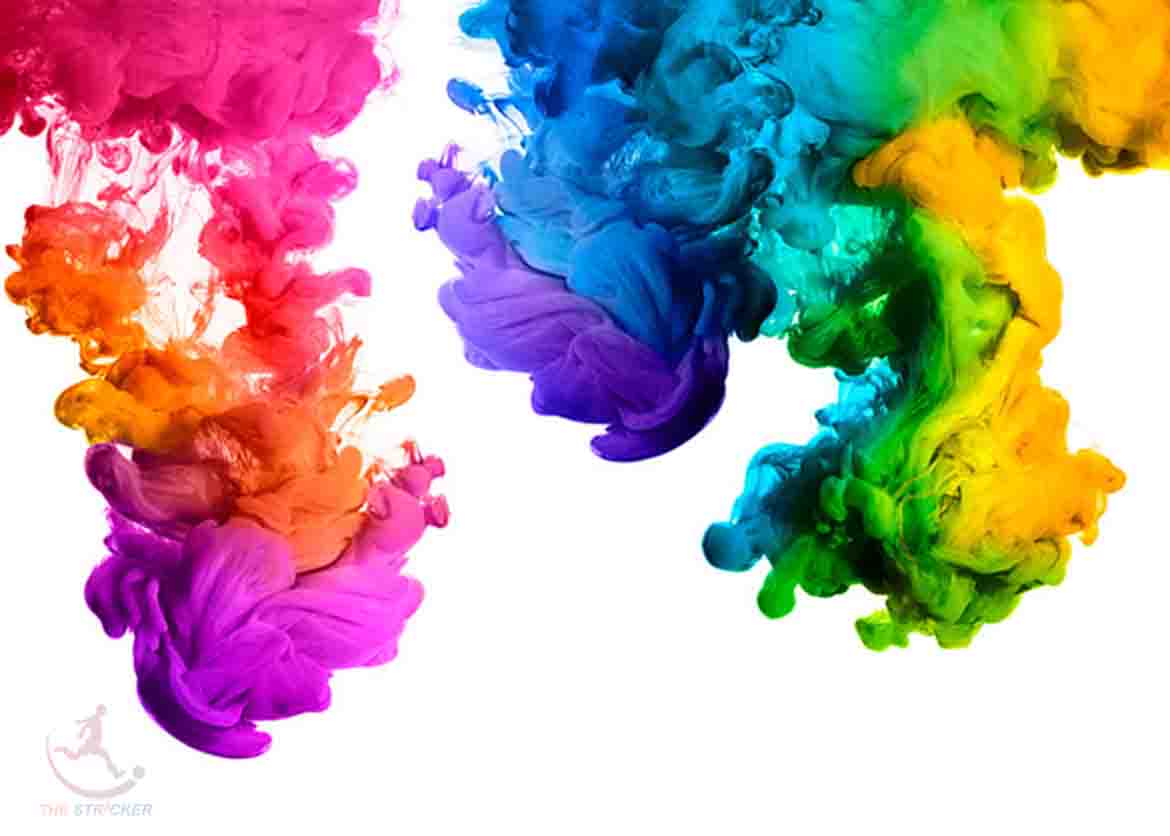
Dyeing in textiles is a process in which color is transferred to a finished textile or textile material (like fibers and yarns) to add permanent and long-lasting color. It can be done by hand or by machine. Dyes can come as powders, crystals, pastes, or liquid dispersions, and they dissolve completely in an aqueous solution like water. When the textile and the dye come into contact, the textile is completely saturated by the dye and colored.
But what’s the difference between paint and dye? Paint is a complex substance, and when you use it, you’re usually coating the surface of something. Unlike paint, dyes actually change the crystal structure of substances. The details involve a long chemistry discussion, but what you really need to understand is that dyes are more saturating and more permanent. This is important because you want the fabric color to last through many wearings and washings. And yes, most dyed textile material is used to make clothing.
Humans have been dyeing textiles for a very, very long time, and in fact, scholars find early mention of dyeing textiles as far back as 2600 BCE! Dyeing can be done at any stage of the manufacturing process. Makers don’t have to wait until the whole cloth has been made in order to dye it.
Types of Dyes
Dyes are used for coloring the fabrics. Dyes are molecules which absorb and reflect light at specific wavelengths to give human eyes the sense of color. There are two major types of dyes – natural and synthetic dyes. The natural dyes are extracted from natural substances such as plants, animals, or minerals. Synthetic dyes are made in a laboratory. Chemicals are synthesized for making synthetic dyes. Some of the synthetic dyes contain metals too.
Natural Dyes
It is the most common approach to apply a color pattern onto a fabric. If done on colored fabric, it is known as overprinting. The desired pattern is produced by pressing dye on the fabric in a paste form. To prepare the print paste, a thickening agent is added to a limited amount of water and dye is dissolved in it. Earlier starch was preferred as a thickening agent for printing. Nowadays gums or alginates derived from seaweed are preferred as they allow better penetration of color and are easier to wash out. Most pigment printing is done without thickeners because the mixing up of resins, solvents and water produces thickening anyway.
Synthetic Dyes
Synthetic dyes are classified based upon their chemical composition and the method of their application in the dyeing process.
You May Also Read:
References;
